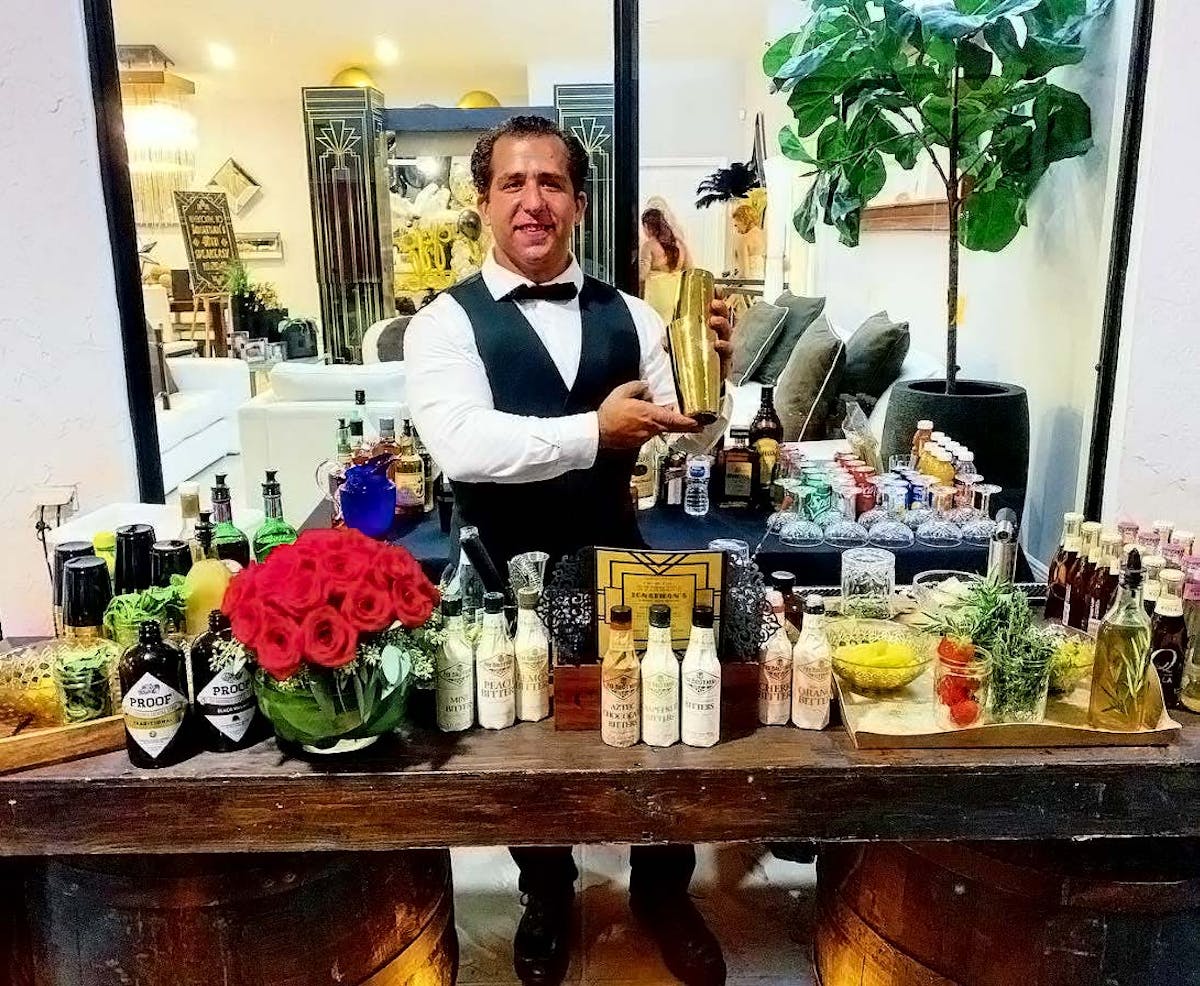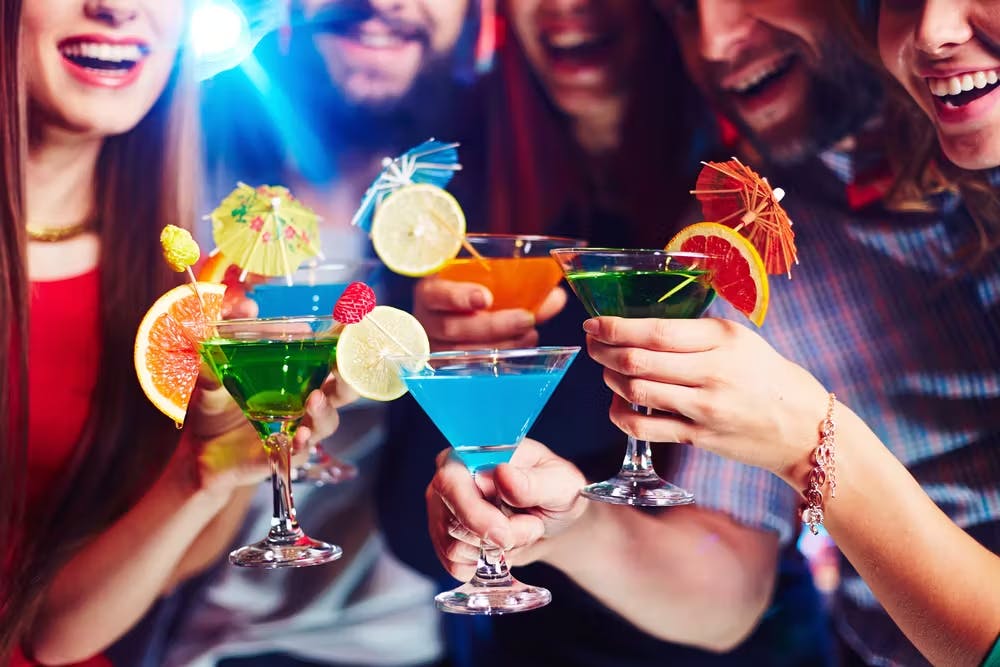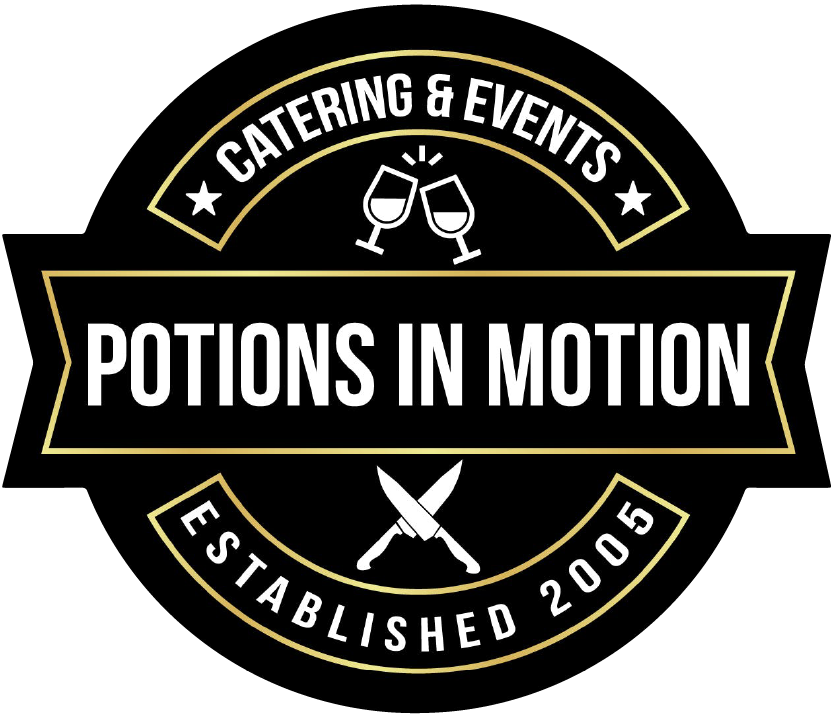How Many Bartenders per Guests: 100, 150 & 200

Planning an event involves many details, and one crucial aspect is the bar service. The number of bartenders you hire can make or break your event. Too few bartenders can lead to long lines and frustrated guests. Too many, and you might overspend on staffing.
Understanding the bartenders per guests ratio is key. This ratio helps ensure efficient service and happy guests. But how do you determine the right number of bartenders for your event?
Whether you're hosting 100, 150, or 200 guests, the right staffing is essential. Each event is unique, and several factors influence the ideal number of bartenders. The type of event, drink menu, and venue layout all play a role.
In this guide, we'll explore how many bartenders you need for different guest counts. We'll also discuss factors that affect bartender staffing needs. By the end, you'll have a clear understanding of how to staff your event's bar effectively.
Let's dive into the details and ensure your event is a success.
Understanding the Bartenders Per Guests Ratio
When planning an event, the bartenders per guests ratio is a helpful guideline. This ratio ensures efficient service and minimal wait times for attendees. Typically, the standard recommendation is one bartender for every 50 to 75 guests.
Several factors can influence this ratio. These include the type of event and the complexity of the drink menu. A more complex menu with specialty cocktails might necessitate additional bartenders, ensuring every drink is served promptly.
Events with unique requirements often need tailored staffing solutions. To determine the best fit, consider whether the event is a wedding, corporate gathering, or casual party. Each event type might require a different number of bartenders.
Several key benefits arise from adhering to an appropriate bartenders per guests ratio:
- Smooth and efficient service
- Satisfied guests with minimal wait times
- Optimized staffing costs and resource allocation
Understanding and applying this ratio properly will enhance the overall guest experience. It creates a seamless flow, allowing attendees to enjoy the event without unnecessary delays. In the upcoming sections, we'll explore specific scenarios for different guest counts.
How Many Bartenders for 100 Guests?
When hosting an event for 100 guests, determining the right number of bartenders is crucial. Efficient service can significantly enhance the guest experience. Generally, one to two bartenders are ideal for this size of crowd.
A single skilled bartender can manage 50 guests comfortably. However, it's wise to consider a second bartender to maintain swift service, especially during peak times. This ensures that no guest waits too long for their drink.
The event's nature also plays a role. A casual event with a simpler drink menu might manage with one bartender. Conversely, a formal gathering or one with specialty cocktails might benefit from additional staffing.
Here are key points to consider:
- Type of event and drink complexity
- Available bar space and layout
- Guest demographics and drinking habits
Finally, pre-event discussions with the bartending staff can streamline service. A clear understanding of the drink menu and expected peak times will help the team prepare. This preparation enables bartenders to work efficiently and keep guests satisfied throughout the event.
How Many Bartenders for 150 Guests?
Handling an event with 150 guests requires careful bartender staffing. This size typically necessitates more attention to maintain service quality. Ideally, plan for two to three bartenders to cater to this crowd.
Two bartenders might suffice for a simple setup and a straightforward drink menu. However, incorporating a third bartender elevates service speed, especially during cocktail hours. This can significantly cut down on wait times and improve guest satisfaction.
Consider the venue's layout when deciding staffing. More bartenders might be needed if the space is extensive or features multiple bar areas. This positioning ensures that guests can easily access drinks without overcrowding any single location.
Factors to weigh include:
- Event duration and peak hours
- Venue layout and multiple bar stations
- Complexity of service and specialty drinks
The nature of the guests also influences staffing needs. A younger or more festive crowd might demand more bartenders. Therefore, recognizing the unique dynamics of your event is vital to successful planning. This ensures that the bar service runs smoothly, keeping all attendees happy and engaged.
How Many Bartenders for 200 Guests?
Planning an event for 200 guests poses unique challenges for bartender staffing. To ensure smooth service, aim for three to four bartenders. This ratio helps manage the flow of orders without overwhelming the staff.
Three bartenders might handle a straightforward bar menu. However, incorporating a fourth ensures that guests are served promptly, especially during high-demand periods. This setup reduces bottlenecks during peak service times.
The type of event can also dictate staffing needs. For a formal gathering with complex cocktails, having more bartenders is beneficial. This allocation allows each bartender to focus on crafting quality drinks efficiently.
Special considerations for your event might include:
- Complexity of drink preparation
- Guest demographics and drink preferences
- Venue logistics and accessibility
Furthermore, consider providing additional support staff, such as bar backs or runners. These roles assist bartenders by restocking supplies, thereby enhancing service efficiency. By factoring in these aspects, you create a seamless experience that keeps guests content and minimizes any bar-related delays.
Key Factors That Influence Bartender Staffing Needs
Numerous elements contribute to determining the right number of bartenders. One significant factor is the type of event you're planning. Casual gatherings often need fewer bartenders than formal events with elaborate cocktail menus.
The complexity of your drink offerings directly affects staffing. If you offer a wide array of mixed drinks, more bartenders are necessary for swift service. Simpler menus might allow for a leaner staff.
Event duration plays a crucial role. Longer events might demand shifts or extra bartenders to maintain consistent service quality. Staffing adequately ensures that guest experience doesn't dwindle over time.
Consider these logistical factors:
- Venue size and layout
- Accessibility of the bar area
- Availability of multiple bar stations
Weather conditions should also be on your radar, especially for outdoor gatherings. Unfavorable weather can slow service, requiring additional staff or preparation. Planning for these contingencies ensures smooth operations.
Don't overlook these operational aspects:
- Experience level of bartenders
- Peak service times during the event
- Presence of additional activities or entertainment
Ensuring excellent service requires attention to these diverse factors. By understanding and adjusting for these influences, you pave the way for a successful event. This focus keeps your guests satisfied and minimizes service hiccups.

Tips to Optimize Bar Service and Minimize Wait Times
A smooth, efficient bar service can significantly enhance guest satisfaction. Key strategies include streamlining drink options and optimizing the serving process. Here are some practical tips to help achieve this goal.
One effective strategy is simplifying the drink menu. Fewer options mean bartenders can craft drinks faster, decreasing wait times. Consider featuring a selection of signature cocktails for this purpose.
Implement these efficient practices:
- Use pre-batched cocktails for popular drinks
- Set up organized workstations with readily accessible ingredients
- Ensure bartenders have all necessary tools and supplies on hand
The arrangement and accessibility of the bar area can impact service efficiency. Position the bar to be easily approachable from various event locations. Such placement ensures guests do not face obstacles reaching the bar.
Consider these layout tips:
- Use multiple bar stations to disperse crowds
- Provide clear signage for menu and ordering process
- Position self-service stations for non-alcoholic drinks
The right support staff can immensely benefit bartenders, enhancing their speed and accuracy. Utilize barbacks for stocking and cleaning duties to keep service flowing smoothly. This division of labor helps the bartenders concentrate solely on preparing drinks.
Training your team in customer engagement is crucial. Welcoming interactions can transform brief waiting periods into positive experiences. By implementing these tips, you'll foster an enjoyable and seamless bar experience for your guests.
Bartender Roles, Responsibilities, and Support Staff
A successful event hinges on well-defined roles and responsibilities for the bar team. At the core is the bartender, who crafts drinks and interacts with guests. Their primary duty is to ensure beverages are made to standard with speed and accuracy.
Beyond mixing drinks, bartenders play a crucial role in guest relations. They maintain a friendly demeanor and manage guest interactions. This includes handling inquiries and addressing any immediate concerns that arise at the bar.
Support staff, such as barbacks, play a vital supporting role. They maintain stock levels, clean surfaces, and restock glassware. By handling these tasks, barbacks enable bartenders to focus solely on guest service and drink preparation.
Key roles include:
- Bartender: mixing and serving drinks, engaging with guests
- Barback: restocking supplies, maintaining cleanliness
- Security staff: ensuring a safe environment
- Host: overseeing the flow and guest inquiries
Effective collaboration between bartenders and their support staff is essential. Open communication and clear expectations are key to a seamless operation. A well-coordinated team ensures that every guest experiences impeccable service throughout the event.
Frequently Asked Questions About Bartender Ratios
When planning an event, many queries arise about the appropriate number of bartenders needed. One common question is whether the size of the drink menu affects bartender numbers. Indeed, a diverse menu may require additional staffing.
Another frequent question pertains to peak hours. Guests often wonder if these times necessitate more bartenders. Typically, increased staffing during busier periods can help keep service running smoothly.
Many hosts are curious about cost efficiency versus staffing needs. Balancing cost while ensuring good service is crucial. It’s important to prioritize efficiency without compromising guest experience.
Commonly Asked Questions:
- Does a complex menu increase staff needs? Yes, absolutely. A complex drink menu—especially one featuring craft cocktails or multiple specialty drinks—typically requires more bartenders. This is because each drink takes more time and attention to prepare. More bartenders ensure your guests don’t experience long waits, keeping service smooth and efficient.
- Are more bartenders needed during peak hours? Yes. Peak hours—such as cocktail hour or immediately after dinner—often see a surge in drink orders. During these times, additional bartenders can help manage the influx and keep the lines moving. Even if your event doesn’t need more staff overall, having extra hands during these peak times can make a big difference in guest satisfaction.
- How can I balance service and cost effectively? Balancing service quality with staffing costs is all about smart planning. Start by assessing your drink menu’s complexity and your guest count. From there, consider a flexible staffing plan: hire a base number of bartenders for most of the event, then bring in additional staff (or ask your bartenders to rotate breaks) during peak times. Also, simplify your drink menu or offer pre-batched signature cocktails—these steps can streamline service and reduce staffing needs while still giving guests a great experience.
These common concerns highlight the importance of strategic planning. Thoughtful preparation ensures that events proceed without a hitch.
Final Thoughts: Ensuring a Seamless Bar Experience for Your Event
Creating the perfect bar experience involves meticulous planning and consideration. Balancing the right number of bartenders with your guest list ensures prompt service. This balance minimizes wait times and enhances overall enjoyment.
Communicate clearly with your bartending team, outlining expectations and event flow. Providing them with a detailed menu and understanding guest demographics can streamline operations. This preparation helps bartenders deliver seamless service throughout the event.
Ultimately, the goal is to ensure guests leave with positive impressions. This requires a bar service that is both efficient and memorable. Adapting to the specific needs of your event will set the stage for success.
